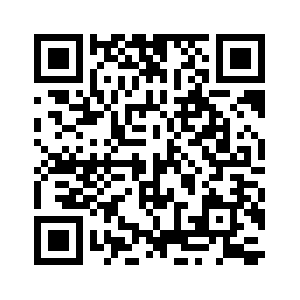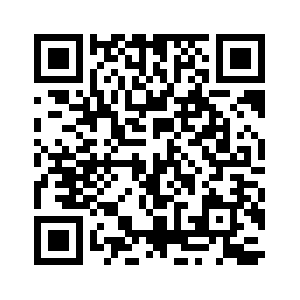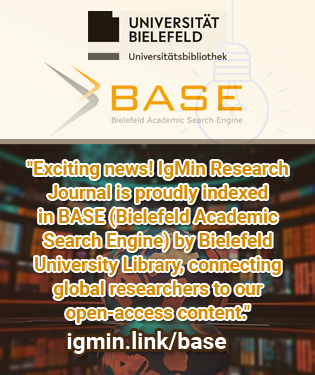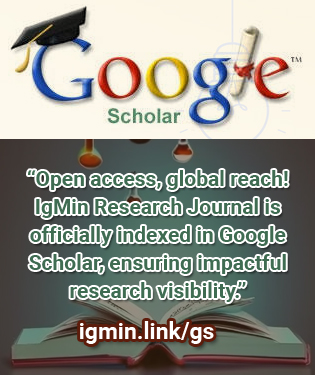Open Access Policy refers to a set of principles and guidelines aimed at providing unrestricted access to scholarly research and literature. It promotes the free availability and unrestricted use of research outputs, enabling researchers, students, and the general public to access, read, download, and distribute scholarly articles without financial or legal barriers. In this response, I will provide you with an overview of the history and latest resolutions related to Open Access Policy.
Federated learning (FL) has emerged as a promising approach for collaborative model training across multiple institutions without sharing sensitive patient data. In the context of cancer diagnosis and prognosis prediction, FL offers a potential solution to the challenges associated with data privacy and security. This paper reviews the application of FL in cancer diagnosis and prognosis prediction, highlighting its key benefits, limitations, and future research directions. We discuss the potential of FL to improve the accuracy and generalizabil...ity of predictive models by leveraging diverse and distributed datasets while preserving data privacy. Furthermore, we examine the technical and regulatory considerations associated with implementing FL in the healthcare domain. Finally, we identify opportunities for future research and development in FL for cancer diagnosis and prognosis prediction.











